Hydraulic pumps work to move hydraulic liquids from Point A to Point B within various types of systems. Most often, they are used as components of hydraulic systems. There, hydraulic systems convert the energy generated by pressurized fluids into usable mechanical energy. Hydraulic systems are in general members of the fluid power branch of power transmission. Hydraulic pumps are also members of the hydraulic power pack/hydraulic power unit family. Hydraulic units are encased mechanical systems that use liquids for hydraulics. Read More…
All World Machinery Supply offers high-quality, affordable pumps, motors, and power units from reputable brands like Daikin, Nachi, Eaton, Tokimec, NOP, Grundfos, Yuken, and Fuji . Our team of representatives and engineers can find or cross any pump/mortor to what you are looking for. We can even help you design a custom application suited to your fit your needs.
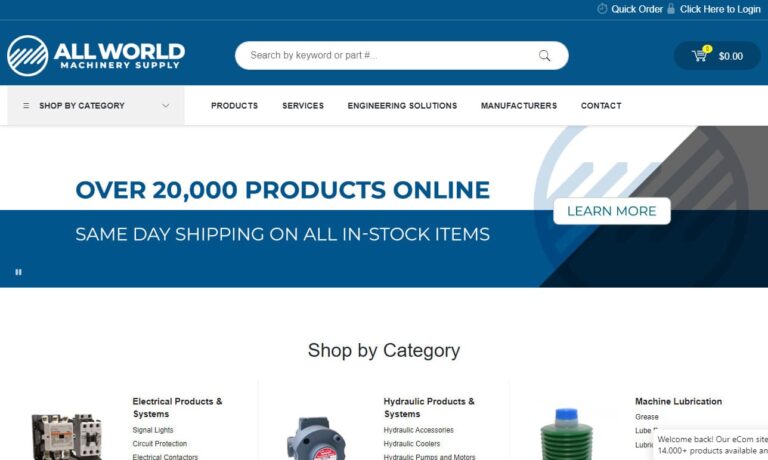
Perfection Hydraulics manufactures, distributes, and services hydraulic cylinders, hydraulic pumps, hydraulic valves, hydraulic gear pumps, and other hydraulic components for heavy equipment. Our products provide you with the best value available for today’s dynamic industry. With our reputation for quality and reliability, you can rely on us for your heavy duty hydraulics needs.
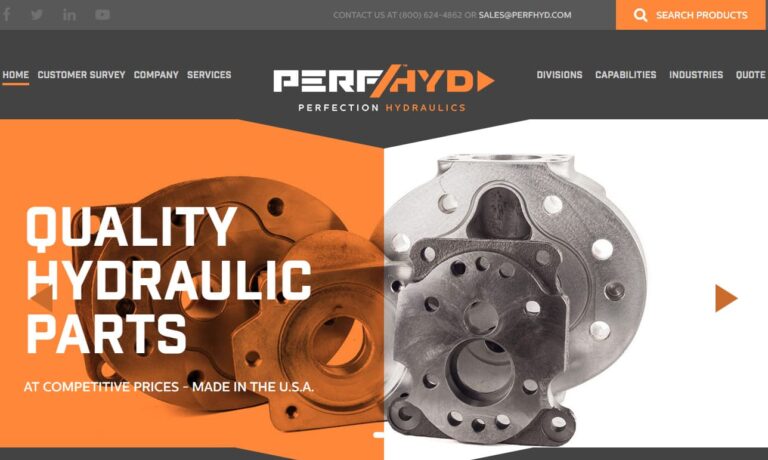
Enerpac is the global leader in high-force tools and equipment used in industrial markets. Our focus is to provide our customers with the most extensive line of products and accessories that maximize force to increase productivity and make work safer and easier to perform. Our comprehensive family of tools and equipment deliver reliable and dependable performance for any industrial segment.
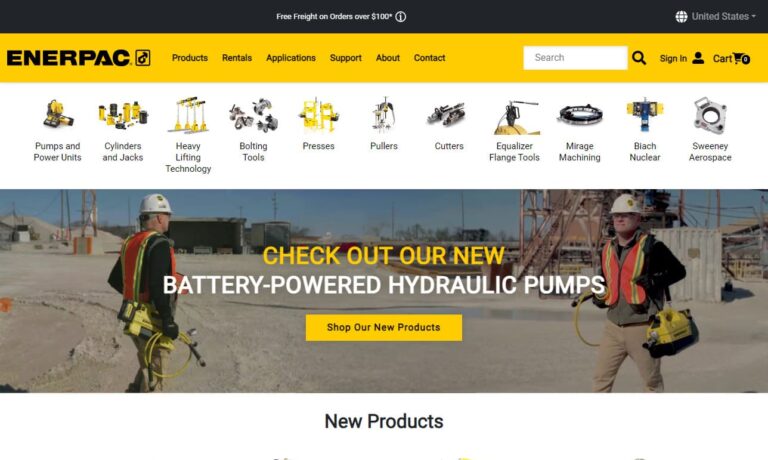
Over 50 years, Hydro Leduc has developed more than 100 patents because of our passion for innovation in the hydraulics field. We find solutions to our customers’ most complex and demanding applications for piston pumps, hydraulic motors, hydro-pneumatic accumulators and custom hydraulic components.

More Hydraulic Pumps Manufacturers
Hydraulic pumps support systems across various industries, including agriculture, automotive manufacturing, defense, excavation, and industrial manufacturing. Applications relying on hydraulic pumps encompass airplane flaps, elevators, cranes, automotive lifts, shock absorbers, brakes, garage jacks, off-highway equipment, log splitters, offshore equipment, and hydraulic motors.
Materials for Hydraulic Pumps
Hydraulic pumps are crafted from materials like stainless steel, cast iron, and various alloys to ensure optimal performance and longevity. Stainless steel is used for key parts due to its robustness and resistance to corrosion. Cast iron, known for its affordability and ease of manufacturing, is used for the pump housing. Alloys such as bronze and brass are chosen for bearings and bushings because of their low friction and durability. These materials guarantee the pump’s reliability and efficiency in challenging conditions with minimal upkeep.
Designing Hydraulic Pumps
Before designing a pump, manufacturers must address several key questions. First, they need to ensure the pump meets the customer’s operating specifications, including maximum fluid flow, operating pressure range, horsepower, and speeds. Some designs may also incorporate discharge sensors or other monitoring systems for hydraulic system health.
Next, the operational environment must be considered. The pump’s design, including weight, rod extension capability, diameter, length, and power source, should be tailored to the specific environment in which it will operate.
Finally, understanding the type of substance the customer plans to run through the pumps is essential. Manufacturers may recommend adding substances to reduce the corrosive nature of certain hydraulic fluids, such as esters, butanol, pump oils, glycols, water, or corrosion inhibitors. These substances vary in operating temperature, flash point, and viscosity, and must be selected carefully.
Features of Hydraulic Pumps
Hydraulic pumps are essential in hydraulic systems, converting mechanical power into hydraulic energy to generate fluid flow. Key components include the reservoir, hydraulic hoses or tubes, hydraulic cylinders, valves, and pistons and gears.
Reservoir: The reservoir functions as a storage tank for hydraulic fluid, ensuring a consistent supply to the pump. It plays a crucial role in maintaining a stable fluid level, preventing aeration, and dissipating the heat generated during the operation of the hydraulic system. This stability is vital for the efficient and reliable performance of the entire system.
Hydraulic Hoses or Tubes: Hydraulic hoses or tubes serve as the conduits, transporting hydraulic fluid from the reservoir to the pump and then distributing it to various components throughout the system. These hoses or tubes are designed to be robust and leak-resistant, capable of withstanding high pressures to ensure a continuous and reliable flow of fluid. This durability is essential to maintain the integrity and performance of the hydraulic system.
Hydraulic Cylinder or Cylinders: Hydraulic cylinders are pivotal elements in various applications, converting hydraulic energy into linear mechanical force. They typically comprise a piston and rod that move within a cylinder, creating controlled movement and power in the connected machinery. This precise control enables efficient operation and functionality across a wide range of applications.
Hydraulic Valves: Hydraulic valves regulate the flow and pressure of hydraulic fluid within the system. They provide precise control over the movement of actuators, such as hydraulic cylinders or motors, by directing the flow in different directions and determining the speed and force of the actuator’s movement. This regulation is essential for the accurate and efficient performance of the hydraulic system.
Pistons and Gears: Hydraulic pumps often utilize pistons or gears to generate fluid flow and pressure. Piston pumps create flow through the reciprocation of pistons, while gear pumps operate via the meshing of rotating gears. The choice between these designs depends on the specific requirements of the application, considering factors such as flow rate, pressure, and efficiency. Each design offers unique advantages, making them suitable for different hydraulic system needs.
Efficient hydraulic system operation relies on the interaction of its components. The hydraulic pump draws fluid from the reservoir via the intake valve, ensuring a steady supply. It then pressurizes the fluid and delivers it to the hydraulic cylinders or actuators through the discharge valve and hoses. Hydraulic valves regulate flow direction and pressure, enabling precise and controlled cylinder movements to perform mechanical tasks.
The intake check valve prevents backflow, ensuring the pump draws fluid from the reservoir during the suction stroke and maintains a steady flow into the pump. The discharge check valve stops reverse flow during the compression stroke, directing pressurized fluid to power the hydraulic cylinders. These valves enhance system efficiency, protect the pump, and ensure smooth, controlled hydraulic machinery operation.
How Hydraulic Pumps Work
Hydraulic pumps are designed to operate based on Pascal’s Law, which dictates that any increase in pressure at one point in a confined liquid is transmitted equally throughout the liquid. This principle ensures efficient and consistent performance across the system.
In the initial stage of operation, the check valve is in a closed position, characterizing it as a normally closed (NC) valve. As fluid pressure builds up, the piston begins to move, causing the valves to open and close at varying speeds. This cyclical movement increases the pressure within the cylinder until it reaches a level sufficient to force the fluid through the discharge valve. This process enables the pump to impart the necessary force and energy to the connected equipment or machinery, effectively moving the target load.
Once the fluid pressure within the system reaches a critical threshold, the piston retracts momentarily. This retraction creates a vacuum that allows the open check valve to draw hydraulic fluid from the reservoir. The pressurized fluid then flows into the cylinder through the inlet, where it gains additional force. This enhanced force is transferred into the hydraulic system and subsequently released through the outlet, completing the hydraulic cycle.
Types of Hydraulic Pumps
Hydraulic pumps are classified into single action or double action types. Single action pumps operate unidirectionally, allowing for propulsion, pulling, and lifting in one direction only. In contrast, double action pumps can move loads in multiple directions. Additionally, hydraulic pumps are divided into two primary categories: piston pumps and gear pumps.
Piston Pumps function by creating positive displacement and building pressure through pistons. They are divided into radial and axial piston pumps. Radial piston pumps are designed for applications involving small flow rates and extremely high pressures. These pumps feature pistons arranged around a central shaft or ring, which is adjustable via a control lever to produce eccentric motion, enabling both inward and outward movement.
Axial piston pumps, in contrast, are limited to linear motion. However, their straightforward design makes them popular due to their ease of production, lower cost, and compact size.
Gear pumps, also called hydraulic gear pumps, rely on the meshing of gear teeth to generate pressure, rather than pistons. As the gears interlock, fluid must navigate around their outer surfaces, resulting in a buildup of pressure. There are two primary types of gear pumps: external gear pumps and internal gear pumps. In external gear pumps, two identical gears rotate in opposite directions. Fluid entering the pump gets trapped between the gear teeth and the casing. As the gears mesh, they compress the fluid, increasing its pressure until it is pushed out through the outlet port.
External gear pumps create flow by rotating two interlocking gears against each other. Liquid is drawn in and becomes trapped between the gear teeth and the casing. As the gears continue to mesh, the liquid is pressurized and pushed out through the outlet port.
Internal gear pumps use bi-rotational gears to start the pressurization process. Liquid is pulled in through a suction port, moving between the rotor (the exterior gear) and the idler (the interior gear). The rotating gears form sealed pockets of liquid and maintain a separation between the suction and discharge ports. This mechanism enables internal gear pumps to handle a diverse range of fluids, from fuel oils and solvents to more viscous substances like chocolate, asphalt, and adhesives.
Hydraulic pumps encompass a range of types, including rotary vane pumps, centrifugal pumps, electric hydraulic pumps, hydraulic clutch pumps, plunger pumps, water pumps, ram pumps, portable 12V pumps, hand pumps, and air hydraulic pumps.
Rotary vane pumps are renowned for their efficiency, though they aren’t designed to handle extremely high pressures. These pumps, classified as positive-displacement pumps, offer a consistent and adjustable pressure output. They operate through a mechanism where a set of vanes, housed within a rotating rotor, slide in and out of contact with a cam surface. This action traps and moves fluid in discrete volumes, providing a steady and reliable flow.
Centrifugal pumps harness the power of hydrodynamic energy to propel fluids. Characterized by their rotating axis and an impeller encased within a casing or diffuser, these pumps operate by converting rotational energy into kinetic energy, which then moves the fluid. Centrifugal pumps are commonly employed in a wide array of applications, including the pumping of petroleum, sewage, petrochemicals, and the operation of water turbines.
Electric hydraulic pumps, on the other hand, are driven by electric motors, making them versatile for various applications. These pumps integrate a hydraulic mechanism with an electric motor that turns components such as impellers to create pressure differentials. This process generates fluid movement, enabling the pump to function effectively. Electric hydraulic pumps can be used with nearly any type of hydraulic system and are particularly prevalent in industrial machinery where precise and reliable fluid control is essential.
Hydraulic clutch pumps are essential components for engaging and disengaging vehicle clutch systems. These pumps operate by precisely applying the necessary pressure to couple or decouple the shafts within the clutch system. When the shafts are coupled, drivers are enabled to accelerate smoothly, while decoupled shafts facilitate deceleration or gear shifting.
Hydraulic plunger pumps utilize a plunger mechanism instead of traditional pistons and hydraulic actuators. This design provides an alternative approach to generating the hydraulic force needed for various applications, ensuring effective and reliable operation in clutch systems.
Hydraulic ram pumps are engineered to harness the energy of flowing water to elevate it efficiently. With only two moving hydraulic components, these pumps rely solely on the kinetic force of the water to operate. They are indispensable in various sectors, including manufacturing, waste management, sewage systems, engineering, plumbing, and agriculture. Although hydraulic ram pumps return approximately 10% of the water they process, their utility is particularly notable in developing regions where fuel or electricity is scarce.
Hydraulic water pumps encompass all hydraulic systems designed to transfer water. Typically, these pumps require minimal initial energy input, as the movement and weight of the water itself generate substantial pressure for operation.
Portable 12V hydraulic pumps represent a versatile category of battery-operated hydraulic pumps designed for both convenience and reliability in emergency situations. Their compact and portable nature allows operators to utilize them effectively in various urgent applications where immediate hydraulic power is required.
Hydraulic hand pumps, on the other hand, function through manual operation. These pumps require users to apply physical effort to pressurize the hydraulic fluid contained within, making them ideal for situations where external power sources are unavailable or impractical.
Air hydraulic pumps harness the power of air compressors to operate efficiently. These energy-efficient pumps convert air pressure into hydraulic pressure, offering a seamless and effective means of generating hydraulic force. Their design allows for the efficient utilization of compressed air, making them suitable for a range of industrial applications where energy efficiency is crucial.
Advantages
Hydraulic pumps compete with various other pump and power transmission systems, including electric motors, pneumatic systems, and mechanical systems. Electric motors are often preferred for their simplicity and ease of use. However, hydraulic pumps offer significant advantages, such as higher power densities, which are essential for applications requiring substantial force and torque, including heavy machinery, construction equipment, and aerospace systems. Additionally, hydraulic systems provide smooth and precise control, making them ideal for tasks that demand accurate movement and positioning.
Pneumatic systems use compressed air for power and motion and are favored for their cleanliness and simplicity, particularly in food processing and medical devices. However, hydraulic pumps provide higher power output and force capabilities. They excel in applications requiring continuous and sustained force, maintaining pressure without constant airflow. Hydraulic systems are also better suited for high-load and heavy-duty applications, making them ideal for industries such as construction, manufacturing, and automotive.
Traditional mechanical systems like gears and levers are efficient in some applications but lack flexibility and control. Hydraulic pumps, on the other hand, excel in scenarios needing smooth, variable motion control. Hydraulic valves provide precise, proportional adjustments, making these systems more versatile and suitable for tasks requiring high accuracy, such as material handling, marine applications, and aerospace control.
Hydraulic pumps stand out for their exceptional power density, making them ideally suited for demanding applications that require substantial force and torque. They deliver smooth, precise control, which is crucial for tasks that demand accurate movement and positioning. Moreover, hydraulic pumps provide continuous force independently of airflow or electrical supply, ensuring reliable and consistent performance across various applications. These attributes position hydraulic pumps as the preferred choice in industries where high power, precision, and adaptability are essential.
Proper Care for Hydraulic Pumps
To ensure a hydraulic pump’s longevity and performance, regular maintenance is key. This includes monitoring fluid levels, checking for leaks, inspecting hoses and fittings, and changing the hydraulic fluid as recommended. Keeping the fluid clean with quality filters and a well-sealed reservoir is essential, as is maintaining proper pressure and temperature. Neglecting maintenance can lead to severe issues, including fluid contamination, increased friction, reduced efficiency, premature failure, and safety hazards from leaks. Insufficient fluid changes and overheating can also cause damage and system malfunctions.
Proper maintenance of a hydraulic pump offers key benefits. It enables early detection of issues, reducing downtime and repair costs while improving performance and efficiency. A well-maintained pump lasts longer, cuts replacement costs, and enhances safety by minimizing failure risks. In contrast, neglecting maintenance leads to increased wear, reduced efficiency, and potential failures. Regular upkeep, following manufacturer recommendations, ensures optimal performance, extended equipment lifespan, and enhanced safety, maximizing your investment.
Standards for Hydraulic Pumps
Standards are fundamental to the design and use of hydraulic pumps, ensuring safety, performance, and compatibility across various applications. Key organizations such as the International Organization for Standardization (ISO), the American National Standards Institute (ANSI), the European Committee for Standardization (CEN), and the National Fluid Power Association (NFPA) set these standards. They provide uniform specifications and guidelines for the design, manufacture, and testing of hydraulic pumps, promoting consistency across manufacturers and industries. Compliance with these standards ensures safety, minimizes risks, and aids in evaluating and comparing pump performance, helping consumers make informed choices.
Using a hydraulic pump that doesn’t meet standards can compromise safety, lead to premature failure, and result in inefficient operations. Non-compliant pumps may fail to withstand necessary pressure, lack essential safety features, and underperform, causing costly downtime and increased energy use. In contrast, pumps that meet industry standards offer reliability, durability, and consistent performance. They are easier to integrate into systems and help enhance productivity, improve safety, and reduce long-term costs. Adhering to established standards ensures optimal pump performance, safety, and compatibility, benefiting both manufacturers and users. Non-compliance can lead to safety hazards, reduced efficiency, and expensive consequences.
Purchasing Hydraulic Pumps
Finding the right hydraulic pump manufacturer can be challenging, which is why we’ve compiled a list of top suppliers on this page. Each manufacturer we recommend has a proven track record and extensive experience in the industry. Before exploring these suppliers, we suggest taking a moment to outline your specific requirements. This will help you identify which companies are best suited to meet your needs. Be sure to include key details such as your timeline, budget, and delivery preferences. With your list in hand, review the featured suppliers and select three or four to contact. After discussing your project with each, choose the one that aligns best with your goals, and proceed with confidence.

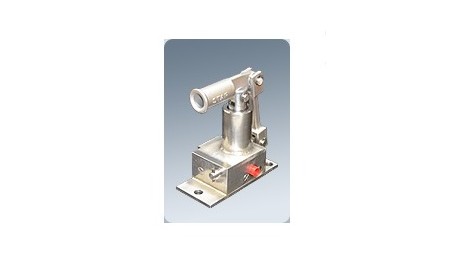
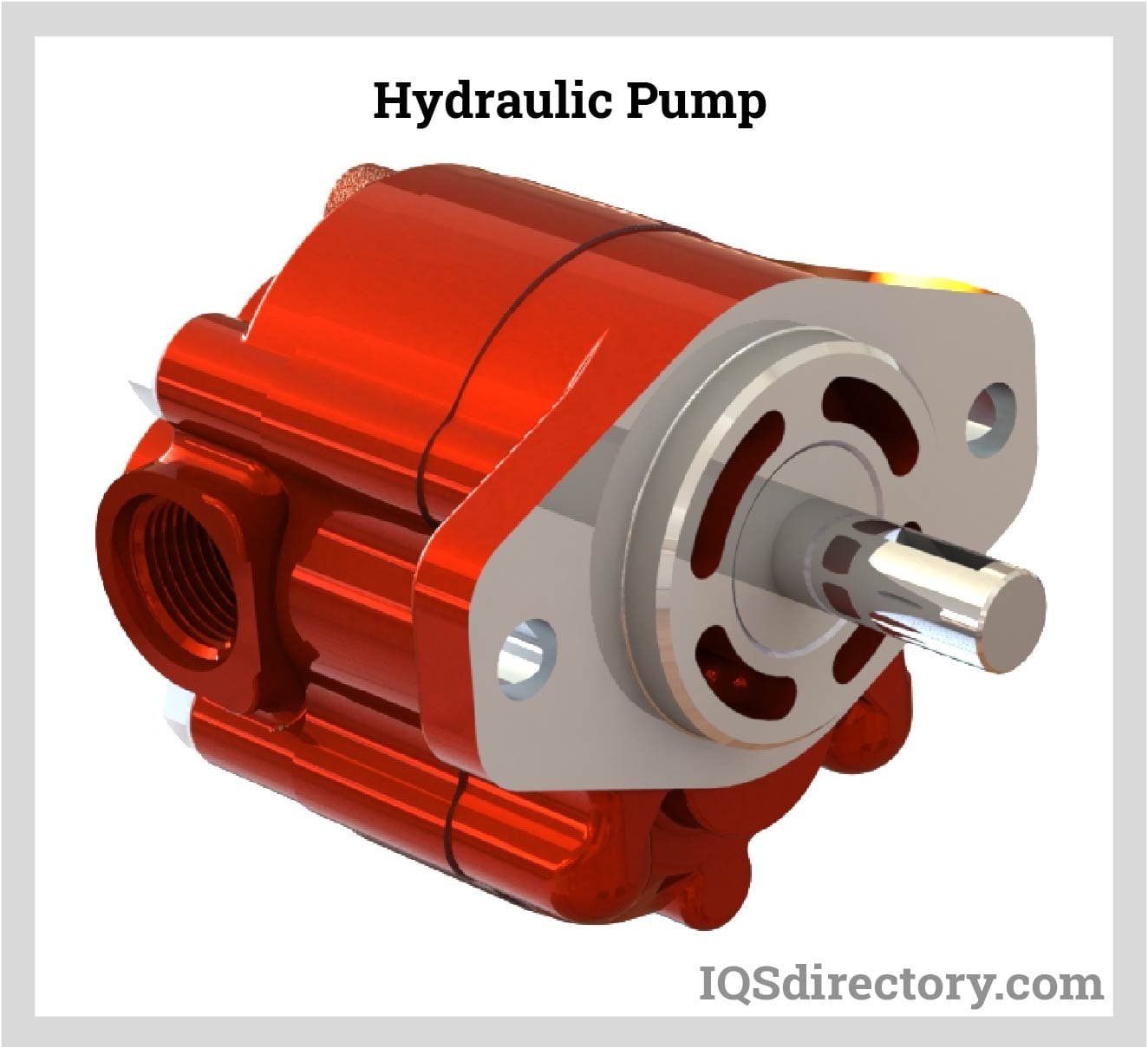
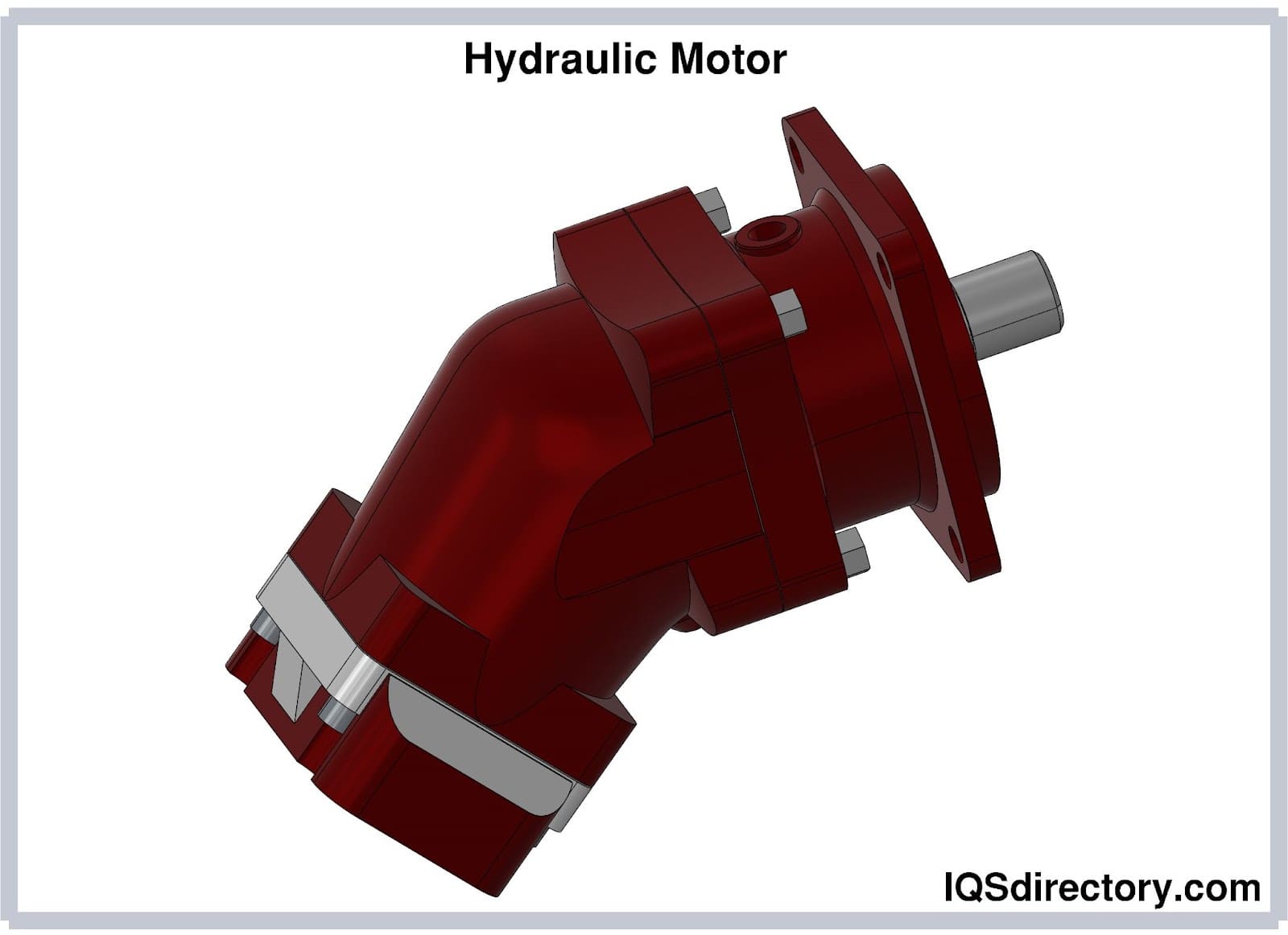
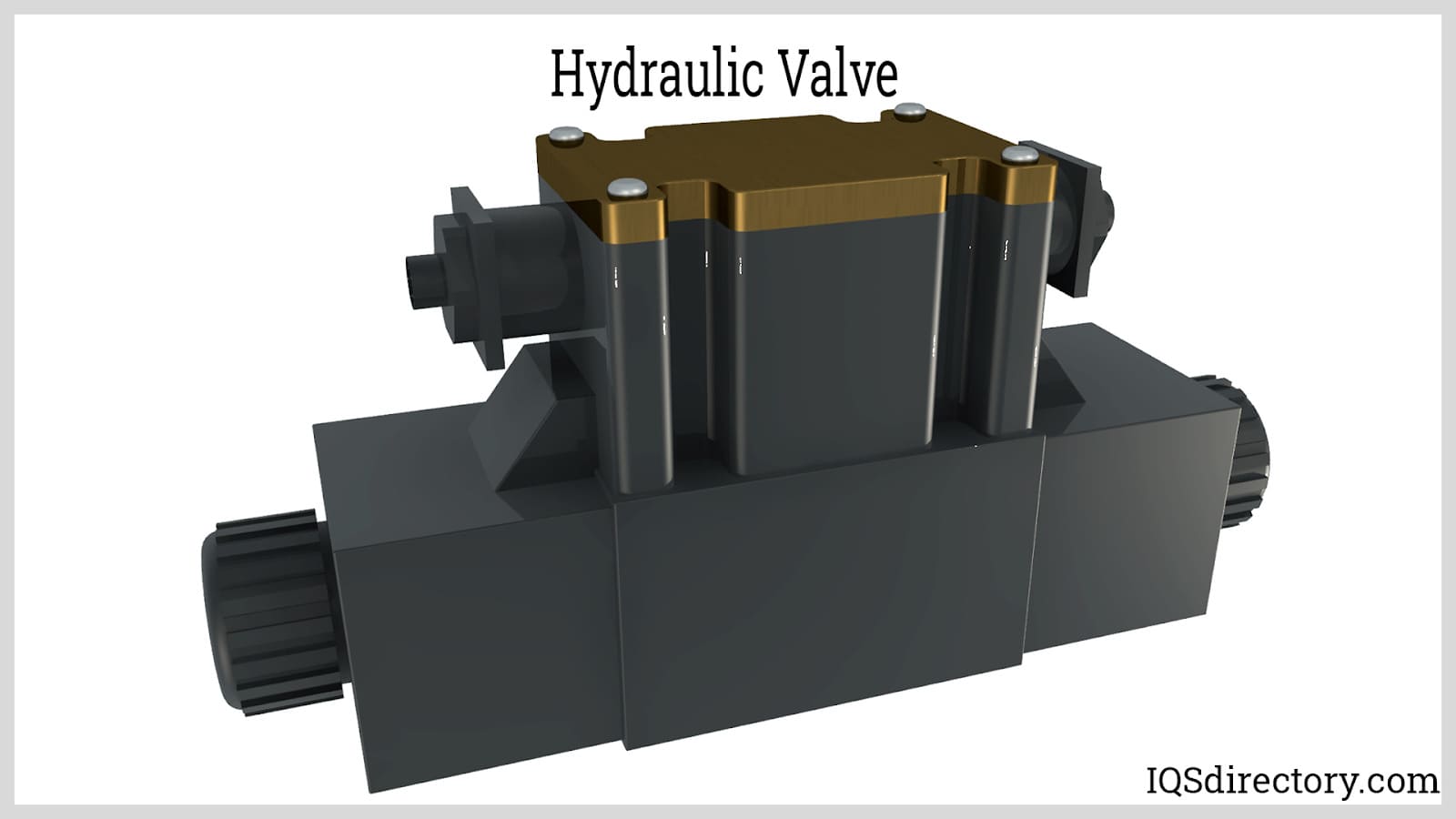
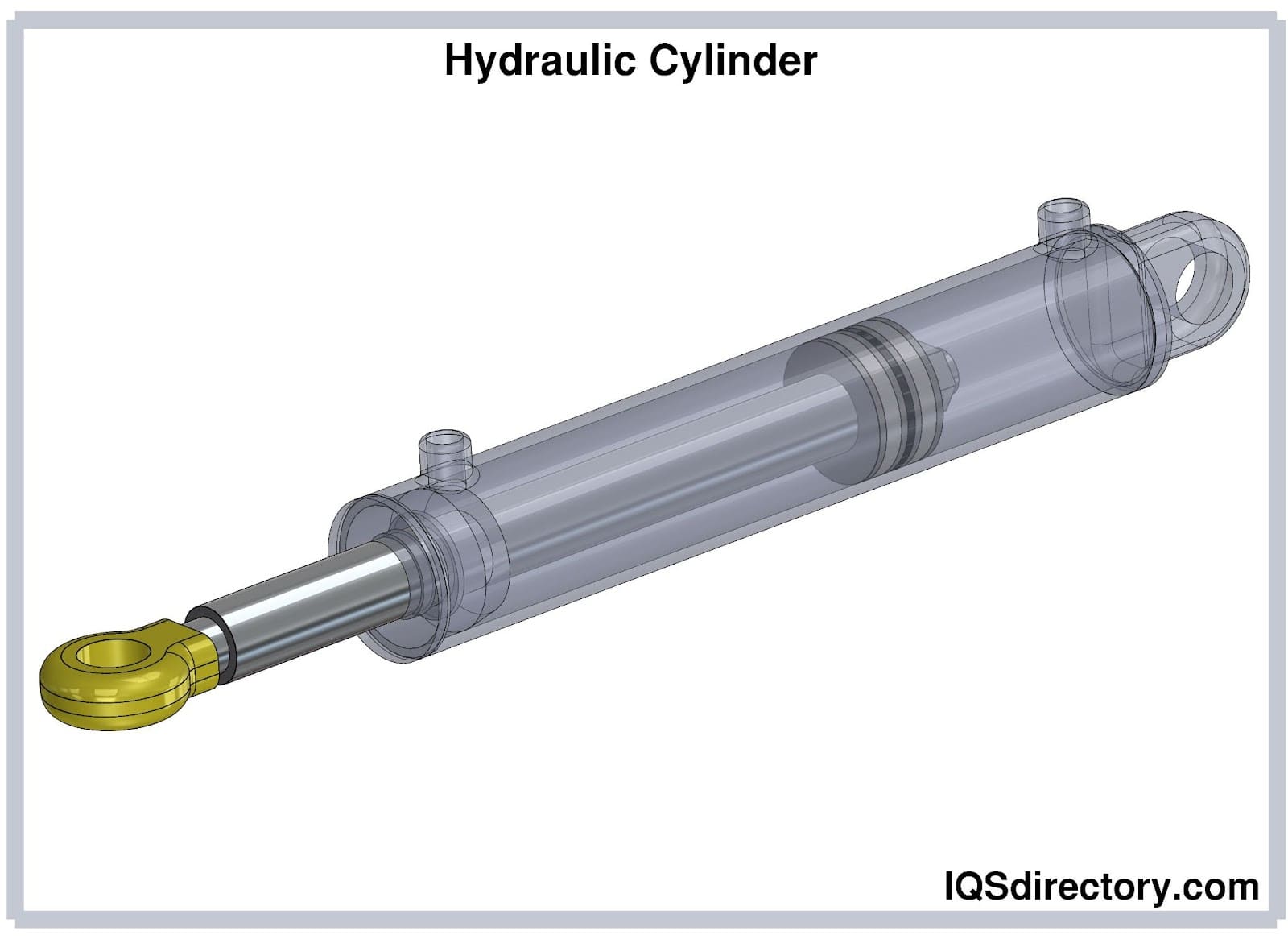
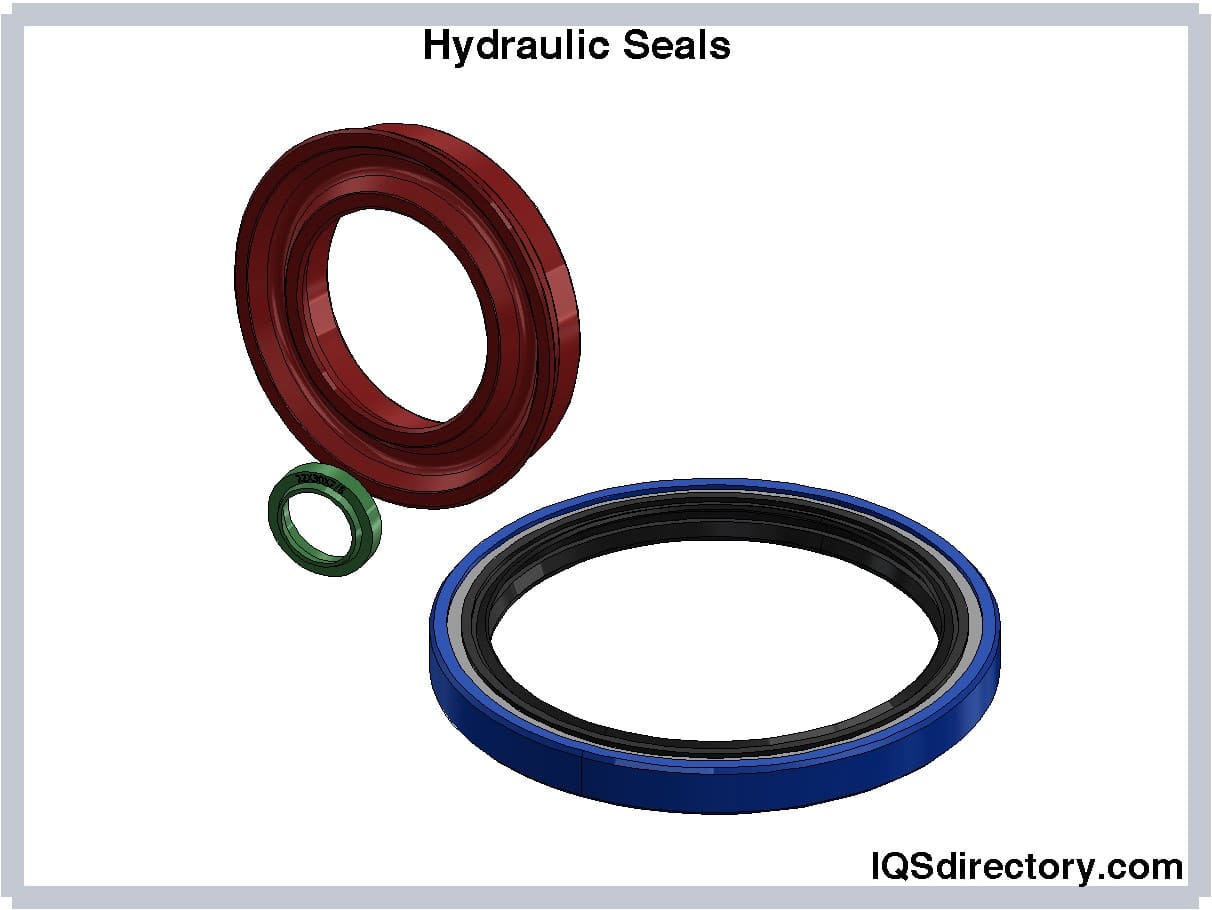
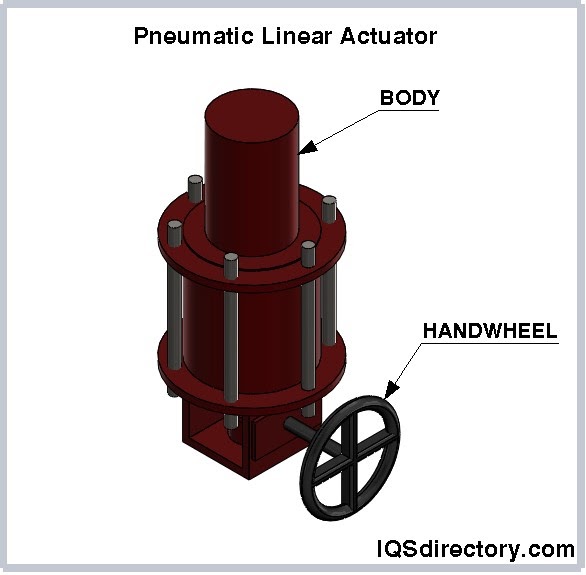
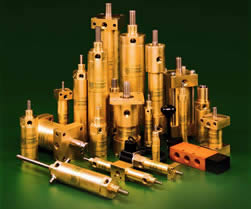 Hydraulic Cylinders
Hydraulic Cylinders Hydraulic Lifts
Hydraulic Lifts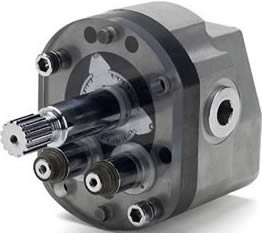 Hydraulic Motors
Hydraulic Motors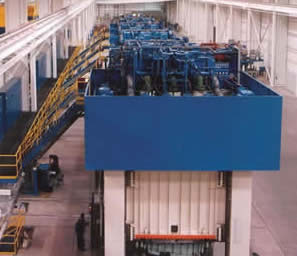 Hydraulic Presses
Hydraulic Presses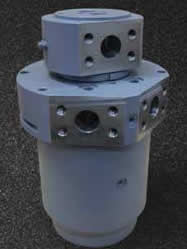 Hydraulic Pumps
Hydraulic Pumps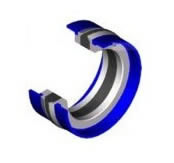 Hydraulic Seals
Hydraulic Seals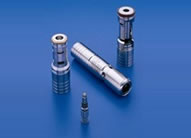 Hydraulic Valves
Hydraulic Valves Castings & Forgings
Castings & Forgings Bulk Material Handling
Bulk Material Handling Electrical & Electronic Components
Electrical & Electronic Components Flow Instrumentation
Flow Instrumentation Hardware
Hardware Material Handling Equipment
Material Handling Equipment Metal Cutting Services
Metal Cutting Services Metal Forming Services
Metal Forming Services Metal Suppliers
Metal Suppliers Motion Control Products
Motion Control Products Plant & Facility Equipment
Plant & Facility Equipment Plant & Facility Supplies
Plant & Facility Supplies Plastic Molding Processes
Plastic Molding Processes Pumps & Valves
Pumps & Valves Recycling Equipment
Recycling Equipment Rubber Products & Services
Rubber Products & Services